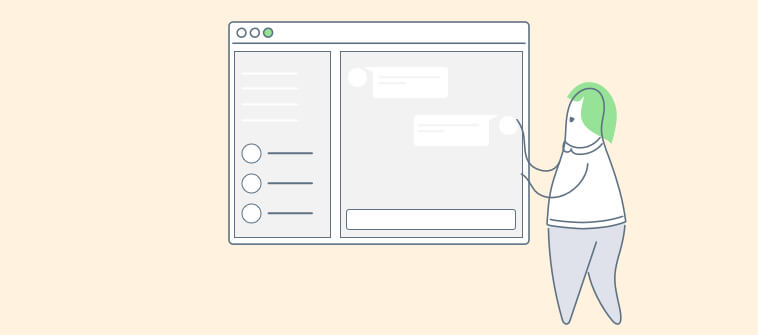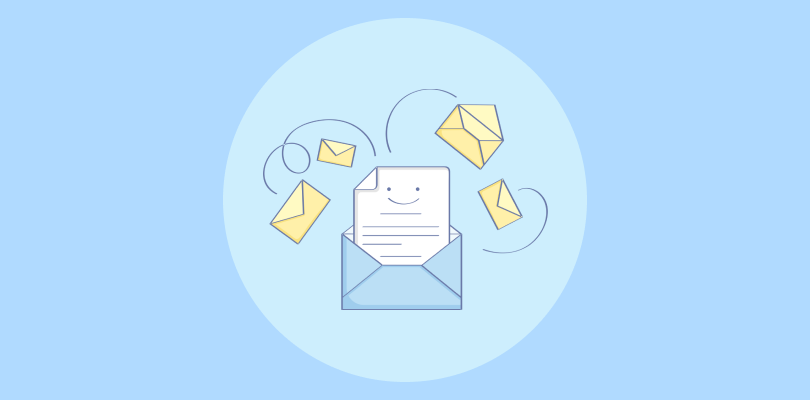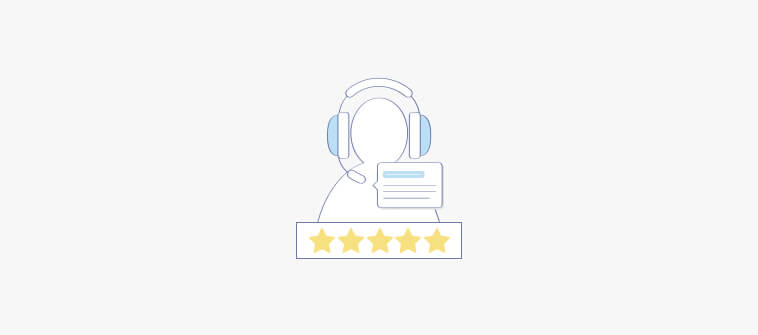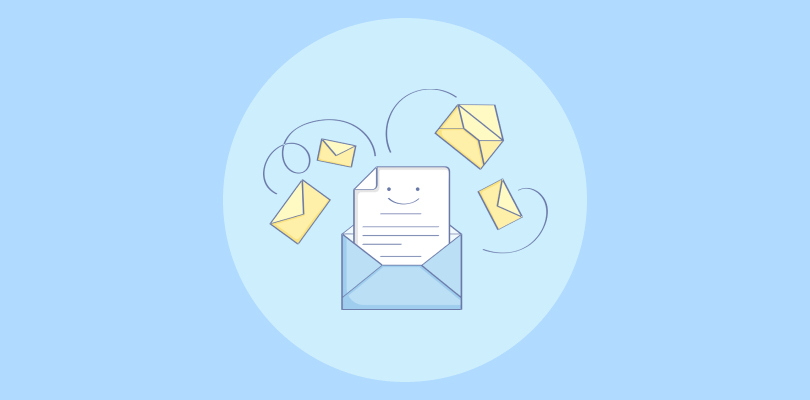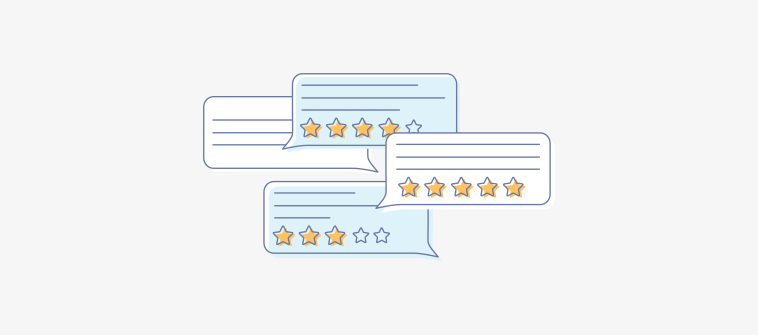Over the last few years, there has been a lot of buzz around the term “omnichannel”. So much so that you will hear almost every business make big claims that they offer “omnichannel customer experience”.
But as fancy as it might sound, what does omnichannel really mean? And how is it any different from multichannel?
Omnichannel experience has turned the tables for customers. They don’t want to limit their shopping experience to online-only or store-only options and rather demand the best of both worlds. They expect you to offer integrated, consistent, and seamless experiences, no matter when or or which channel they contact your business.
In this blog, we are going to explain the difference between omnichannel and multichannel experience, learn how to build an omnichannel strategy, and see how you can race ahead of your rivals with the right omnichannel software.
Here we go.
What Is Omnichannel Customer Experience?
An omnichannel customer experience comprises multiple customer touchpoints taking place on several channels that seamlessly connect with one another. In simpler terms, an omnichannel approach enables customers to begin their experience with your brand on one channel and continue it on other channels without any challenges.
Let’s understand this better with an example:
Let’s assume a potential customer who is following your Instagram page gets to know about a new line of denim jackets. The customer clicks on the link mentioned in the description of the product image and is directed to your online store. Right before placing the order, the customer uses the live chat window on your e-commerce store to confirm the expected delivery date. Your customer service rep joins the chat and offers the required information.
As we can see, the customer had three different touchpoints with the business – the Instagram post, the online website, and live chat. Each touchpoint seamlessly connected with the other to convert a prospect into a buying customer and led to a wholesome omnichannel experience.
What Is the Difference Between Omni-Channel & Multi-Channel Experience?
Before exploring the difference between omnichannel and multi-channel customer experience, we first need to understand the similarity between them.
In both, the customers can interact with your business across different online and offline channels. However, in a multichannel experience, different channels are not connected to each other. This difference in the level of connectivity is the major difference between the two. Here is an example:
Suppose a customer visits your online store and browses through products that he wants to buy. Now, the customer visits your brick-and-mortar store to check the look and feel of the same product. However, unfortunately, the product is unavailable in the store. The customer leaves without making a purchase.
From the above example, it is clear that a multichannel business may offer a website, social media account, brick-and-mortar store, etc., for customers to buy its products or services. However, these different channels are isolated and are not well-connected to each other resulting in poor customer experiences.
What Is Omnichannel Marketing?
Omnichannel marketing refers to the integration of channels a business uses to market its products or services to consumers. The marketing channels can be physical such as brick-and-mortar stores, business events, etc., or digital such as email, website, social media, mobile apps, and more.
The main objective of an omnichannel marketing strategy is to deliver seamless and consistent experiences to help customers discover what your brand sells or about the current ongoing offers. Additionally, omnichannel experts use consistent messaging across multiple channels to encourage customers to buy more.
According to a recent Omnisend study, marketers who used three or more channels in any single marketing campaign witnessed a 287% higher purchase rate compared to those using a single-channel campaign.
This shows how omnichannel marketing can help your business enhance both the customer experience as well as revenue.
Omnichannel Marketing Examples – 3 Hypothetical Businesses
Omnichannel marketing is popular among world-class brands such as Amazon, Sephora, and Starbucks. Here are some examples of omnichannel marketing that will leave you inspired:
Example 1: Omnichannel marketing for a restaurant
A restaurant sends an email to all of its existing customers. The email contains links to its newly launched Android and iOS mobile apps. The restaurant writes that when customers download the app and sign up, they will get a discount coupon that they can redeem during their next dine-in at the restaurant.
Example 2: Omnichannel marketing for a sportswear brand
A famous sportswear brand offers a loyalty program for its customers. As customers shop with the brand and participate in online events, they win reward points for the same. Customers can then use these reward points to get exclusive gifts, special offers, or discounts on online as well as offline purchases.
Example 3: Omnichannel marketing for a home decor store
A small and upcoming home decor store shares short Instagram reels with photos explaining how customers can use specific home decor items to brighten their home or office spaces. At the end of the reel, the brand tells customers they can watch the entire video on its YouTube page. When customers watch the YouTube video, they are given information about the online store where they can buy the mentioned products.
FREE. All Features. FOREVER!
Try our Forever FREE account with all premium features!
What Is an Omnichannel Customer Interaction?
An omnichannel customer interaction refers to seamless communication that takes place between a business and a customer across multiple channels and touchpoints. Such an interaction involves a unified and consistent brand message, voice, and tone across different channels, such as email, social media, phone, chat, and in-person interactions.
The main objective of omnichannel customer interaction is to enable customers to engage with a company in the way that is most convenient and natural for them while also ensuring that their experience is consistent and personalized across all channels. This approach recognizes that customers today expect a high level of convenience, flexibility, and responsiveness and that companies must be able to meet these expectations in order to remain competitive.
Why Is Omnichannel Customer Experience Important to Your Business?
Businesses that streamline CX across the different channels in sales, support, and marketing stand to benefit more than those that do not.
A study of 46,000 shoppers by Harvard Business Review revealed that only 7% were online-only shoppers and 20% were store-only shoppers. The remaining majority (73%), preferred multiple channels during their shopping journey.
Let’s explore some more benefits of omnichannel customer engagement.
- Become a more customer-centric brand: The future of customer experience is all about giving more control and options to your customers. When you empower your customers to interact with your business seamlessly across multiple channels, you come across as a real customer-centric business.
- Understand the customer journey better: In an omnichannel setting, it becomes easier for your business to understand the nitty-gritty details of the customer journey. For instance, you can understand which channels your customers prefer to interact with the sales team or how many channels they have to use to get their issues resolved.
- Boost sales and revenue: The omnichannel approach is a great way to boost sales and increase business revenue. A study by Adobe found that companies with the strongest omnichannel strategies enjoy a 10% Y-O-Y growth and a 25% increase in close rates.
Top Tips to Deliver a Brilliant Omnichannel Experience
 Tips
Tips
We’d love to hear your tips & suggestions on this article!
FREE. All Features. FOREVER!
Try our Forever FREE account with all premium features!

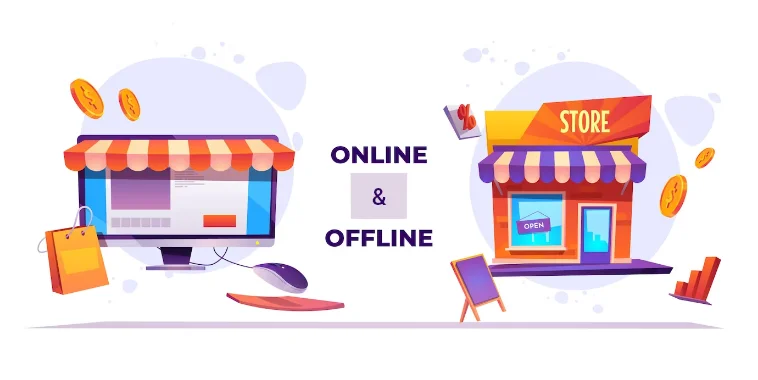
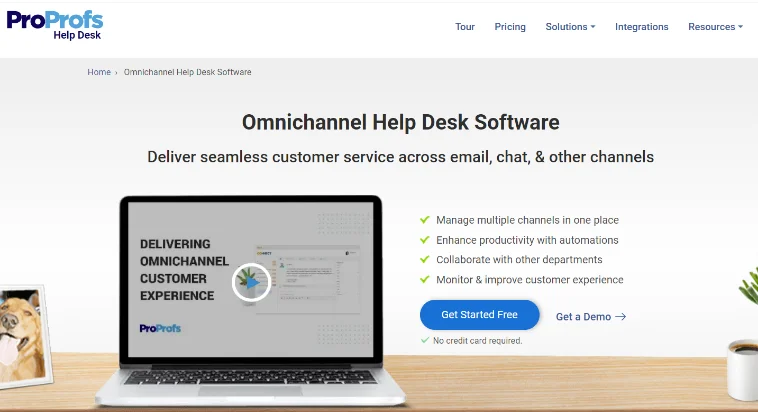
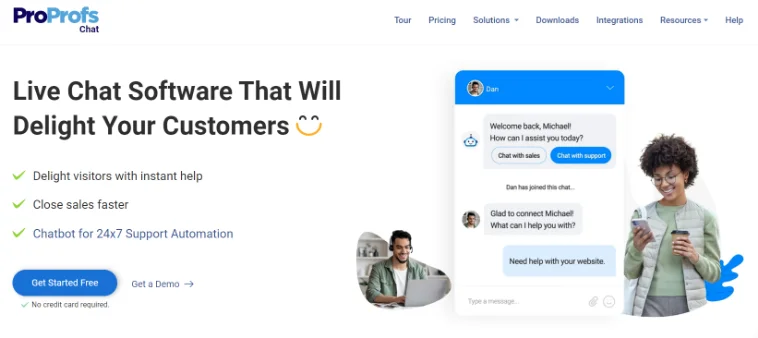
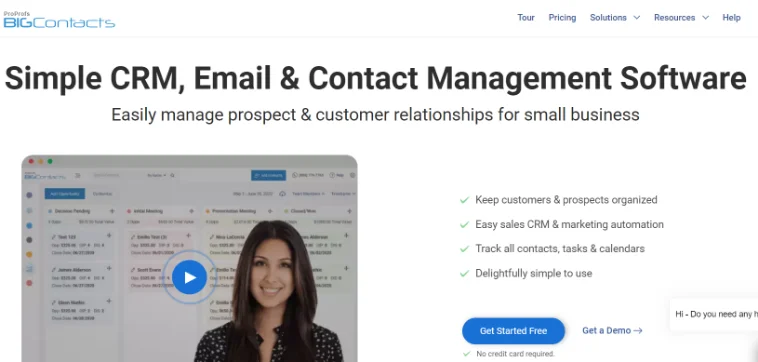
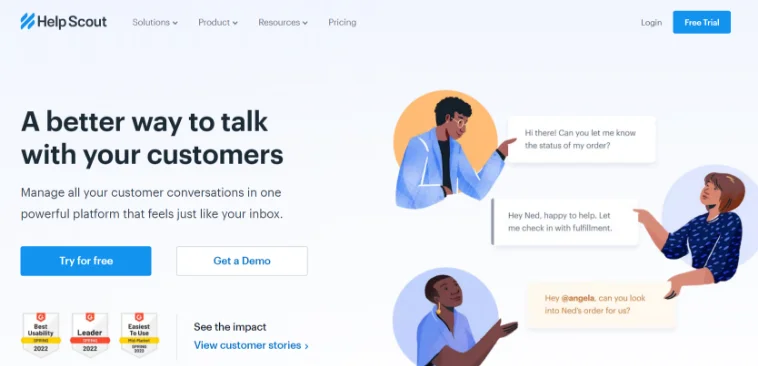
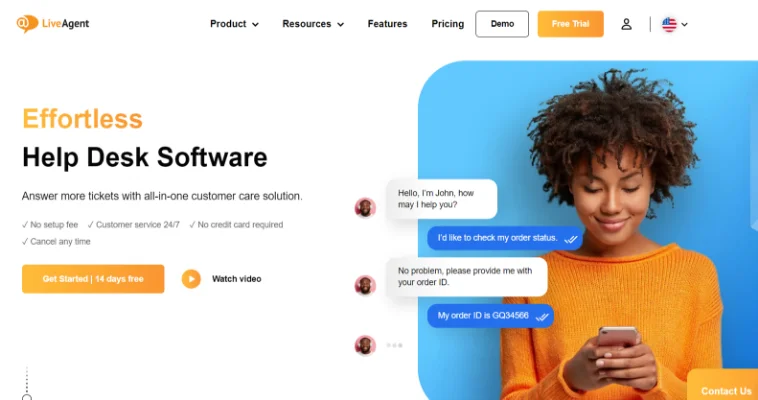
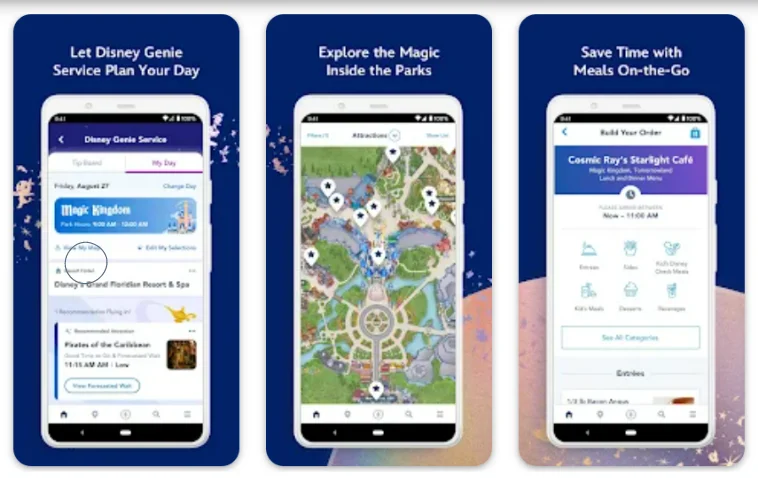
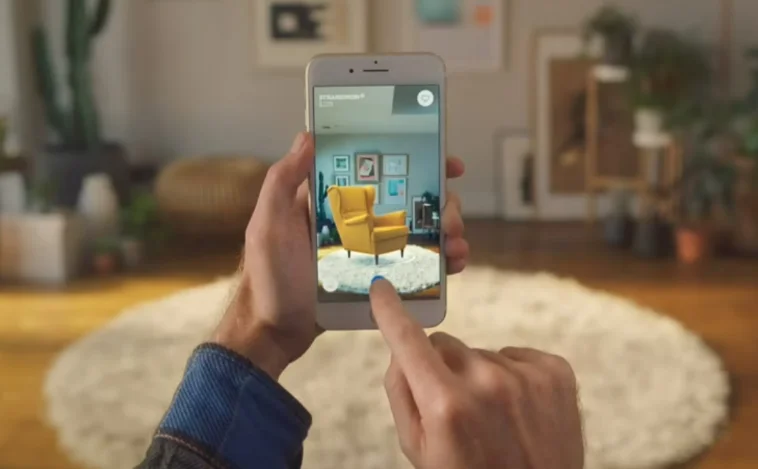
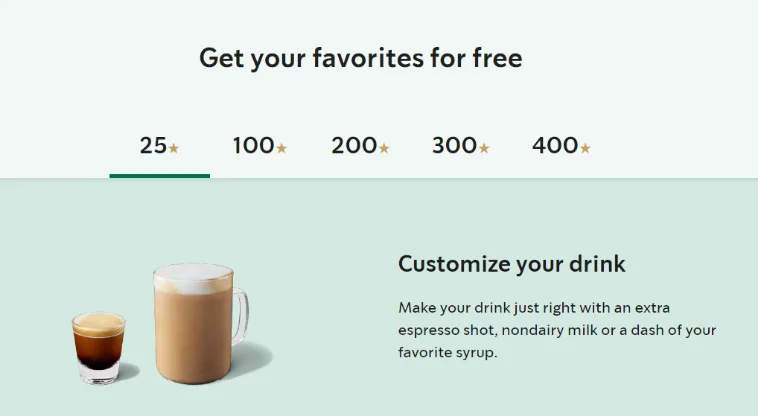
 We'd love your feedback!
We'd love your feedback! Thanks for your feedback!
Thanks for your feedback!


